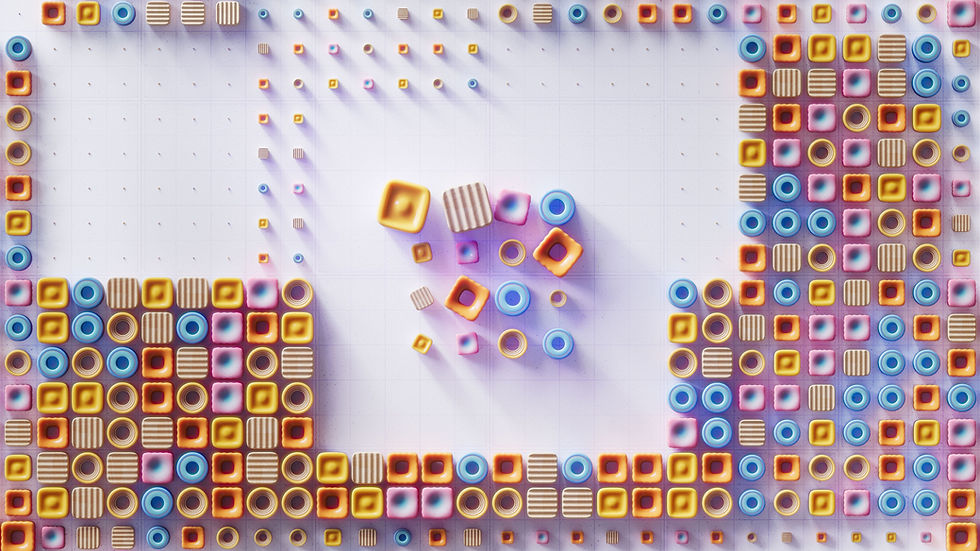Kid-friendly ways to learn about AI
- fablette

- Sep 6
- 3 min read
Artificial Intelligence may sound complex, but with the right activities, kids can begin exploring its logic in playful, hands-on ways.

AI isn’t just about robots and futuristic technology—it’s built on simple concepts like following directions, spotting patterns, and fixing mistakes. Helping children explore these ideas early on can demystify AI and spark curiosity about how the world works.
For example, learning to give step-by-step instructions (an algorithm) is a great place to start. Imagine placing a “treasure” in one square of a grid and asking your child to write arrow directions to get there. When you test the directions together, you’re showing them how algorithms are tested and “debugged.” The process of fixing errors is at the heart of how AI systems improve over time.
Another simple way is through pattern recognition games. AI models learn by spotting patterns in data—just like children recognize shapes, colors, or animal tracks. Playing a game of “odd one out” with images or objects trains the same type of thinking. You might show three cats and a dog, and ask which doesn’t belong. This mirrors the way AI categorizes and classifies information.
Even storytime can become AI-inspired. Tools like Quick, Draw! from Google let kids doodle while the computer tries to guess what they’re drawing, teaching them how machines are trained to interpret human input. Or, with resources like Scratch, kids can create projects that show how a set of instructions leads to different outcomes—just like in AI.
When children start to see AI as a collection of logical steps, patterns, and corrections, they realize it’s not an unreachable mystery but something they can engage with. These small, age-appropriate activities build confidence and curiosity—planting seeds for deeper learning later.
Exploring AI doesn’t mean sitting in front of screens all day. It can mean experimenting, playing, and thinking critically about how decisions are made. For kids, that’s not just a lesson about technology—it’s a lesson about the world itself.
Your child doesn’t need code; they need simple ways to see how a “smart helper” works and how to use it kindly. Scroll down for a bite-size guide plus quick activities you can try tonight!
Activities to teach kids the principles of how AI works
Path Planner (algorithms)
Time: 6–8 min • Ages: 4+ • Materials: tape a 5×5 grid on the floor
Place a “treasure” in one grid and ask your child to write arrow directions to reach it from the starting point. Test their answer by walking through the grid using their directions - if the directions didn't work, fix it together!
How it's related to AI: Kids learn the logic of algorithms and debugging, which are core ideas in how AI follows step-by-step instructions and learns from mistakes.
Leaf Lookalikes (image features)
Time: 8 min • Ages: 4+ • Materials: 2 kinds of leaves, paper, scissors
Draw 3-4 types of leaf shapes with a thick marker, and head to the park! Find leaves and compare them to the drawings - which is it most similar to and why?
How it's related to AI: Kids learn how to choose features (shape) to tell categories apart (classification).
Pattern Parade (sequencing)
Time: 5 min • Ages: 3+ • Materials: stamps/stickers
Make a pattern (🟦, 🟦, 🔺, 🟦, 🟦, 🔺 …). Ask, “What comes next?” Take turns making new patterns!
How it's related to AI: Kids learn how to spot patterns from examples (pattern recognition).
